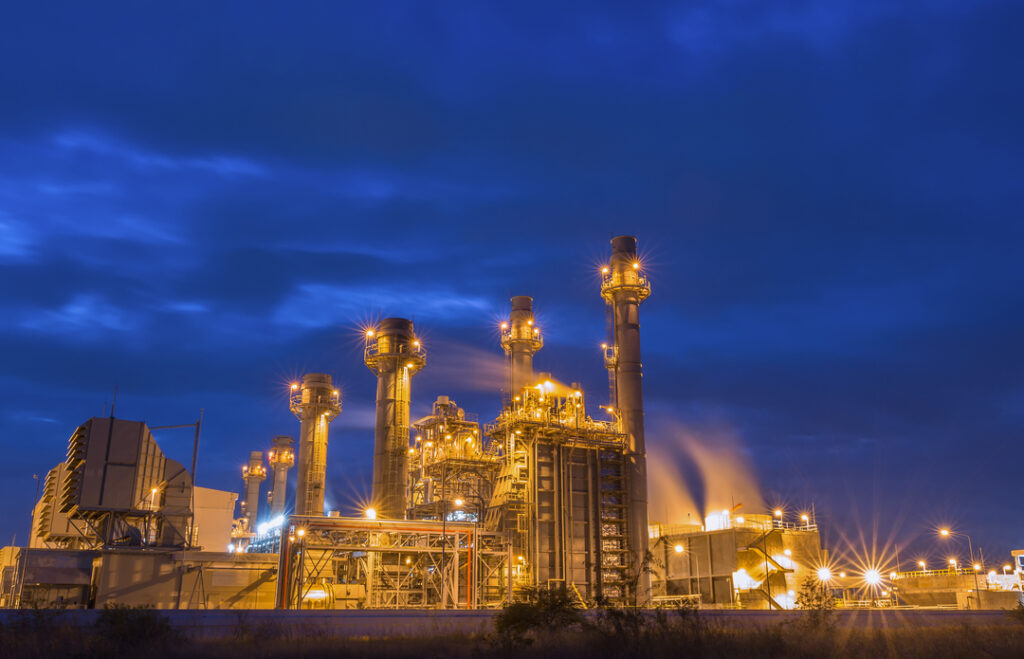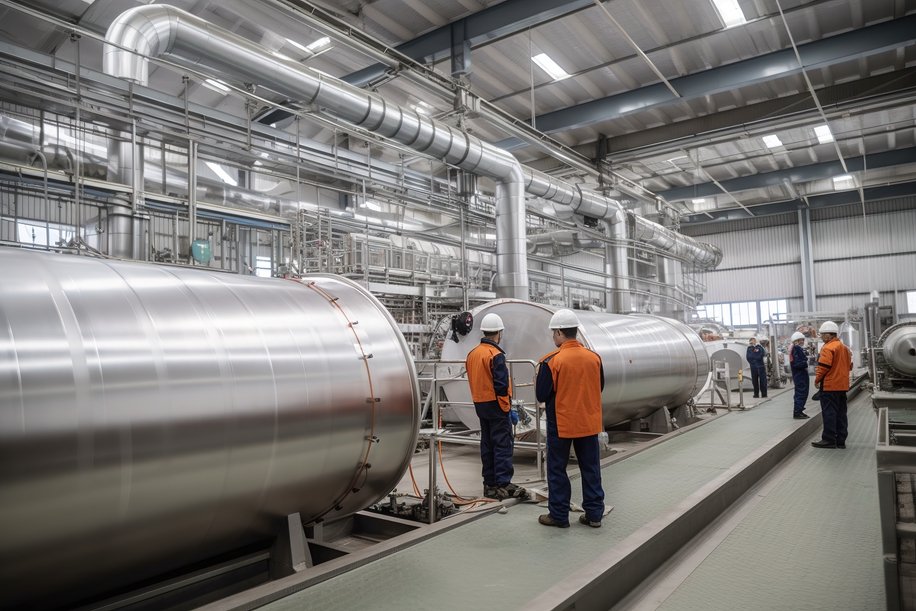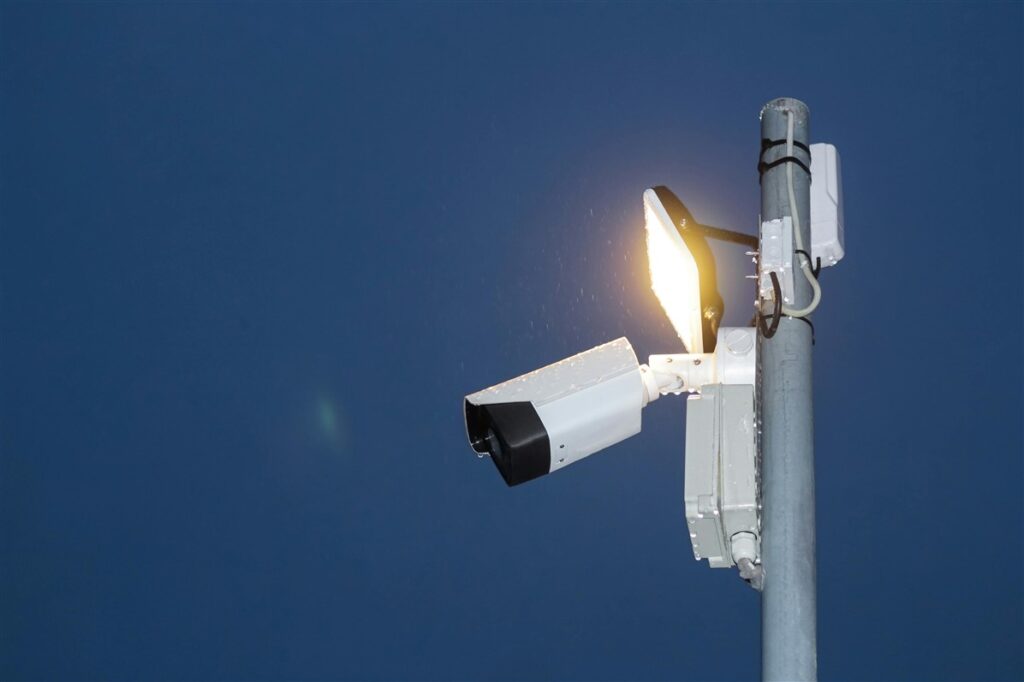Bright Sparks – Michael Faraday
The modern world would look very different without the contributions of those who helped us harness electricity and develop electrical equipment. Here, we focus on some of the pioneers of the electrical world and their remarkable achievements.
NAME: Michael Faraday
DATES: 22 September 1791 (Newington, Surrey, UK) – 25 August 1857 (Richmond Upon Thames, UK)
EARLY LIFE: One of four children, born to a blacksmith father who was often unable to work due to ill health, Faraday suffered an impoverished childhood with little formal education. He became a bookbinder’s apprentice aged 14, which gave him the opportunity to study encyclopaedias and led to his first experiments in electrochemistry.
Following his attendance at lectures by Humphry Davy, a renowned chemist who discovered several elements, including boron, sodium and potassium, Faraday won a post as a Chemical Assistant at the Royal Institution in London in 1813. He travelled with Davy across mainland Europe, meeting other scientists and furthering his studies.
FIRST DISCOVERY: was in 1820, when he successfully produced the first compounds of carbon and chlorine.
MAJOR ACHIEVEMENTS: Faraday’s most significant achievements were in the fields of electromagnetism and electrochemistry. They included work on electromagnetic rotation and electromagnetic induction, which allowed electricity to be harnessed for practical use in motors, generators and transformers.
During his working life, he was involved in helping to name many electrical terms used today, including electrode, cathode and ion. He also gave his name to many inventions, including the Faraday cage and the Faraday cup.
1820s
1821 published the results of work he had carried out on electromagnetic rotation. This later led to the development of the electric motor.
1820s carried out work on steel alloys as a precursor to later scientific developments in metallurgy.
1826 established Friday Evening Discourses and the Christmas Lectures at the Royal Institution, which are still held today.
1830s
1830 became Professor of Chemistry at the Royal Military Academy in Woolwich.
1830 developed a theory on ions – later, the Faraday cup was named after him; this is a metal cup that catches charged particles in a vacuum to work out how many ions or electrons are hitting the cup.
1831 discovered electromagnetic induction, the principle behind the electric transformer and generator.
1836 invented the Faraday cage, also known as the Faraday shield – used to block electrical fields.
1836 appointed Scientific Adviser to Trinity House, where the first and only lighthouse in London was built for him to test his work with optical lenses and electrical generators.
1839 established his new and general theory of electrical action.
1840s
1845 investigated and performed experiments to try and prove the existence of an electrotonic state, which later influenced James Clerk Maxwell’s mathematical theory of electrical and magnetic fields.
1845 furthered work on diamagnetic materials.
3 THINGS YOU MIGHT NOT KNOW:
1. In his younger years, Faraday was often called as an expert witness in trials where chemical analysis was required.
2. One of the most important and life-long influences on Faraday was his adherence to the Sandemanian Christian sect.
3. In recognition of his many scientific achievements, Faraday was given the use of a house at Hampton Court by Queen Victoria – he died there in 1867.
LEGACY:
As a physicist and chemist of great renown, Faraday not only made discoveries that benefited advances in how we harness electricity but also inspired those who followed with their own inventions. Having been born into poverty, he showed what can be achieved when individuals study and apply themselves to the advancement of science.

Our guide to building energy management systems
Building energy management systems (BEMS) are systems that allow you to monitor, control, and optimise the energy used within your building. The phrase building energy management system (BEMS) is often used interchangeably with the phrase building management system (BMS), but there are some differences. A BEMS is focused on energy-related systems such as lighting, heating, […]
Read more
How far does power travel and what impact does distance have on performance
It’s easy to take our electricity supply for granted. We flick a switch and instantly have light or power. We don’t even think about it unless there’s an issue or an outage. But when there is an issue or outage, the impact can be significant. For manufacturers, even the smallest change in power can make […]
Read more
Why visibility of the production process is so important
Operational excellence, efficiency and quality are top priorities for almost every manufacturer worldwide. These things lead to improved productivity, happier customers and reduced waste – all of which result in increased profits. Visibility of the production process is the key to achieving these things. And manufacturers now have access to technology that can provide real-time […]
Read more
Will security lighting help to protect my staff?
Looking after the safety and well-being of employees should be a priority for any business. And while it’s not possible to mitigate every risk, there are measures you can take to improve their safety and security. One measure that is often overlooked is the installation of security lighting. When daylight disappears, visibility is reduced, increasing […]
Read more
Top 5 considerations when comparing electrical quotes
Budget is always a factor when you’re considering any type of upgrade, revamp, or maintenance work within your factory. But when it comes to electrical work, you have to consider more than just money. Don’t rush into accepting the cheapest electrical quotes without knowing exactly what you’re getting. Electrical work is not an area where […]
Read more
What is the role of companies in reducing our carbon footprint?
We should all be taking responsibility for protecting our planet and a big part of that is reducing our carbon footprint. But while it falls to all of us to do our bit, there is additional pressure on manufacturers, especially those with high carbon emissions. As an absolute minimum, these companies should ensure compliance with […]
Read more

